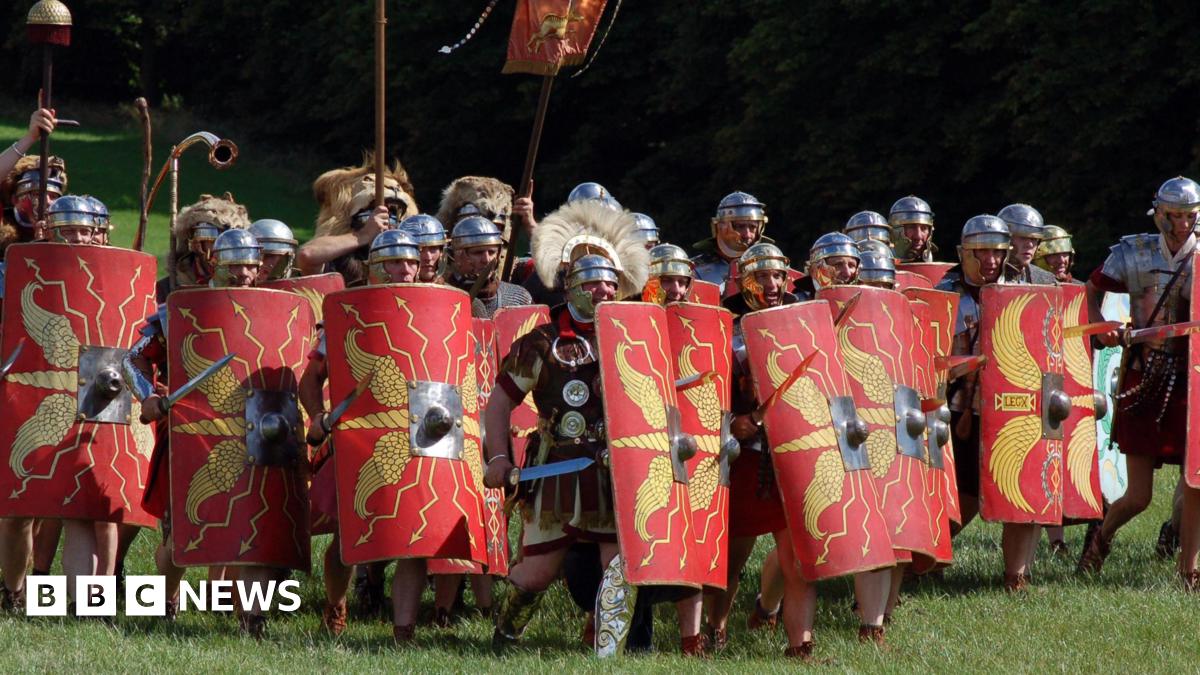This leads Dr Elliott to paint a vivid picture of how the Roman occupation arrived in this part of the midlands.
“The Ninth Legion, nearly 6,000 men, would have advanced on quite a wide front, perhaps 30 km across.
“Legionaries would have been in the centre, with the auxiliary foot soldiers to the sides and cavalry on the wings.
“When they met resistance in their advance, a speed bump to their progress, they would have clicked into a well practiced routine of isolation, intimidation and if necessary, attack.”
Will Bowden, professor of Roman archaeology at the University of Nottingham, said: “It is often difficult to clearly identify single events in the archaeological record, as they don’t leave a big enough trace, and often can’t be sufficiently closely dated to associate them with events attested in textual sources.
“But it’s quite a plausible scenario but it would need further investigation to confirm it.”

